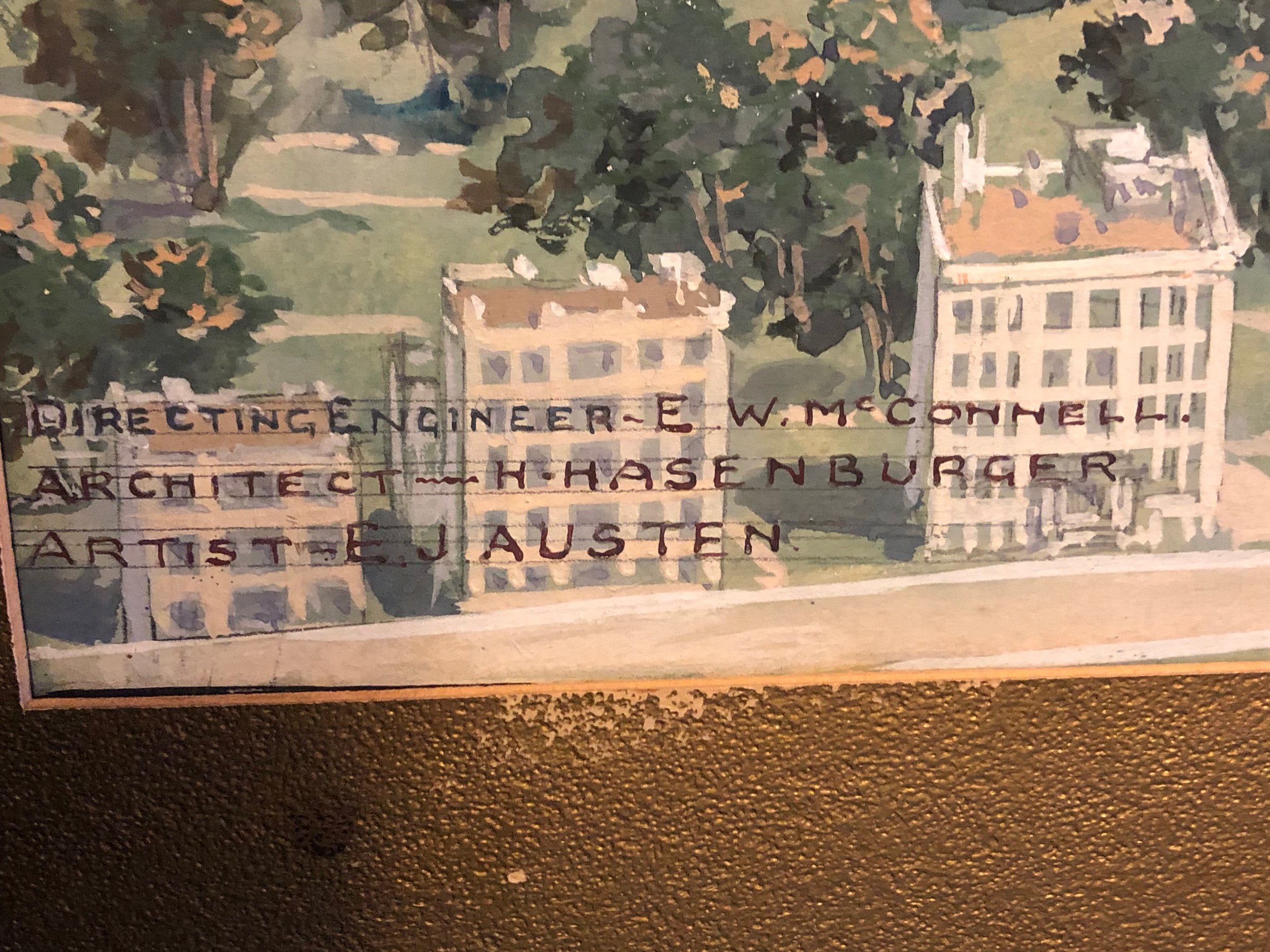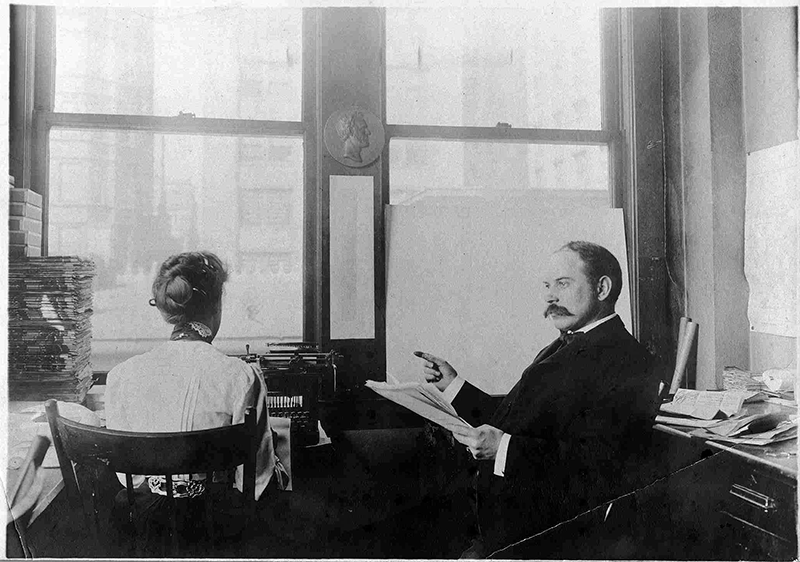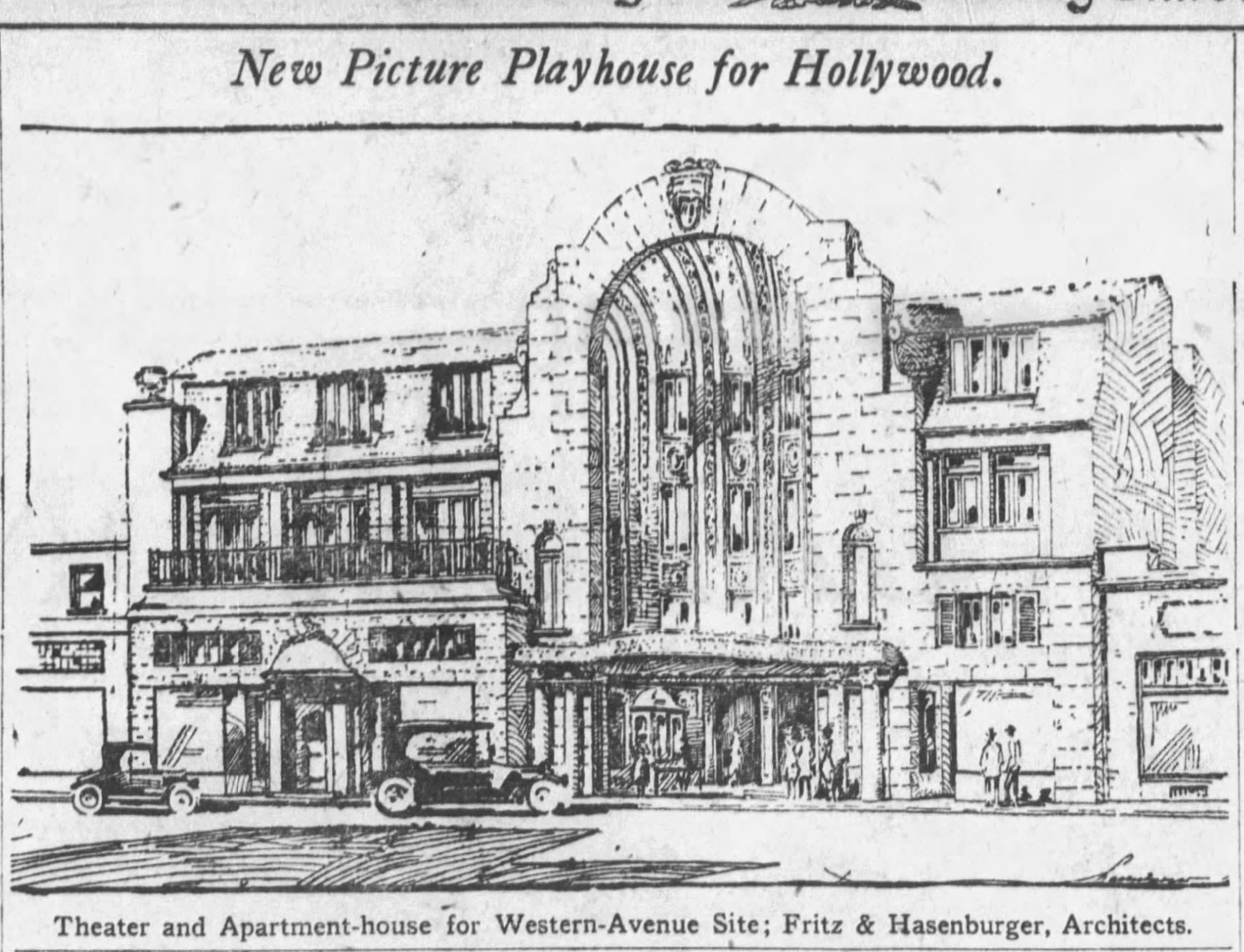The Wizard of the Pike
In 2017, the CIM was gifted with two remarkable works of art, both landscapes, gouache on paper. At first glance, the subjects of these paintings looked familiar, but it was quickly realized that these were not actually depictions of Coney Island, yet somehow akin.
The paintings are the work of British artist Edward J. Austen (1850-1930). Described as “a man who knocked about the world”; Austen worked as a comedian in his youth ; traveled to Africa to fight in the Zulu War ; and served as an itinerant correspondent for several publications, including The World Wide Magazine, for which he wrote and illustrated a series of thrilling short stories based on his own experiences. During a stay in South Africa, he met and married an American singer / author, Frances Vescelius; together they published a number of popular children’s storybooks, including Elfie’s Visit To Cloudland.
Returning with his wife to America, Austen became engaged in theater productions, partnering with Steele Mackaye, renowned innovator of theater technology. Austen eventually created his own company,,Cyclorama Incorporated, which had ties to concessionaire E.W. McConnell (known as “The Panorama King”). Austen would go on to became one of the foremost painters of panoramas and cycloramas of the period. Prior to the invention of the moving picture, these paintings, sometimes installed in rotundas, offered the public the opportunity to view historic tableaus on a massive scale. One of the most celebrated of these works was The Battle of Gettysburg (1883), designed by French artist Paul Philippoteaux. Edward Austen was one of the highly skilled artists chosen to assist Philippoteaux in completing the painting. Other Austen panoramas included The Chicago Fire ; The Crucifixion ; The Falls of Niagara ; and The Custer Massacre.
In 1894, Austen created a “moving cyclorama” replica of Chicago’s “White City” World’s Fair (the Columbia Exposition) which was installed at NYC’s Madison Square Garden. It was a tremendous success. But he received even more acclaim for his creation of The Johnstown Flood attraction, featured at the Pan-American Exposition in 1901.
By 1904, Austen had patented his scenograph innovation, which combined cycloramic artwork with electrical and mechanical effects, producing an immersive experience for the audience. In the programme for the 1904 World’s Fair in St. Louis, Austen was billed as “The Wizard of the Pike”, and credited with the creation of three attractions: The Galveston Flood ; New York to the North Pole ; and The Battle Abbey. He would later bring The Johnstown Flood ; New York to the North Pole ; and The Great Italian Earthquake to Coney Island.
“….E.J. AUSTEN’S World’s Fair Success — New York To the North Pole” installed in Coney Island.
By 1907, Austen had established The E.J. Austen Company: Artists, Originators and Producers of
High Grade Electrical and Mechanical Spectacular Productions. Designers and Constructors of all kinds ofAmusement Devices. His creations were installed in amusement parks, fairs, and cities throughout the country.
While visitors to Coney Island enjoyed a variety of themed shows and spectacular productions (Thompson and Dundy’s Trip To the Moon attraction was the benchmark for immersive experiences), Austen’s productions were equally popular and lauded for their artistry and innovation.
Eventually, the development of motion pictures made scenographic entertainment obsolete. Austen, however, continued to paint and draw until his death in 1930.
Which takes us back to the paintings.
As a fine artist, Edward Austen was widely recognized for his gift for perspective, the representation of three-dimensional objects or spaces in two dimensional artworks. The two landscapes installed in the CIM are excellent examples of his talent for expressing both perspective and scale.
This representation of a “Creation” attraction is very similar to the one installed at Dreamland, in Coney Island.
Austen’s rendering of an unnamed park.
One of the more curious aspects of the CIM’s paintings is an inscription in the bottom left corner of the broader landscape. Listed above the artist’s name are two others ; one is “E.W. McConnell, Directing Engineer”. As mentioned earlier, McConnell (1868 -1964) was one of the most successful concessionaires of his era, as well as one of the foremost producers and collectors of panoramas and cycloramas, earning him the title, “The Panorama King”.
The other name is “H. Hasenburger, Architect”. Henry Hasenburger (1886-1956) was a West Coast architect known for creating meticulous models of his design projects. Several of the homes he designed can still be found on the California Historic Register.
The details and scope of these two landscapes readily suggest they were architectural renderings for a proposed park and/or attraction. While we may speculate, confirmation of whether or where those subjects may have existed still eludes us.
Whatever their origin or inspiration, in these exceptional paintings Austen captured the essence of Coney Island and one of its most iconic attractions. Edward J. Austen’s importance as an artist and his contributions to the history of the amusement district make the artworks highly relevant to the CIM’s collection, and worthy of the appreciation of our visitors. They also remind us that the history of Coney Island is populated by extraordinary individuals whose stories are no less fascinating for being obscure.
— LMS












